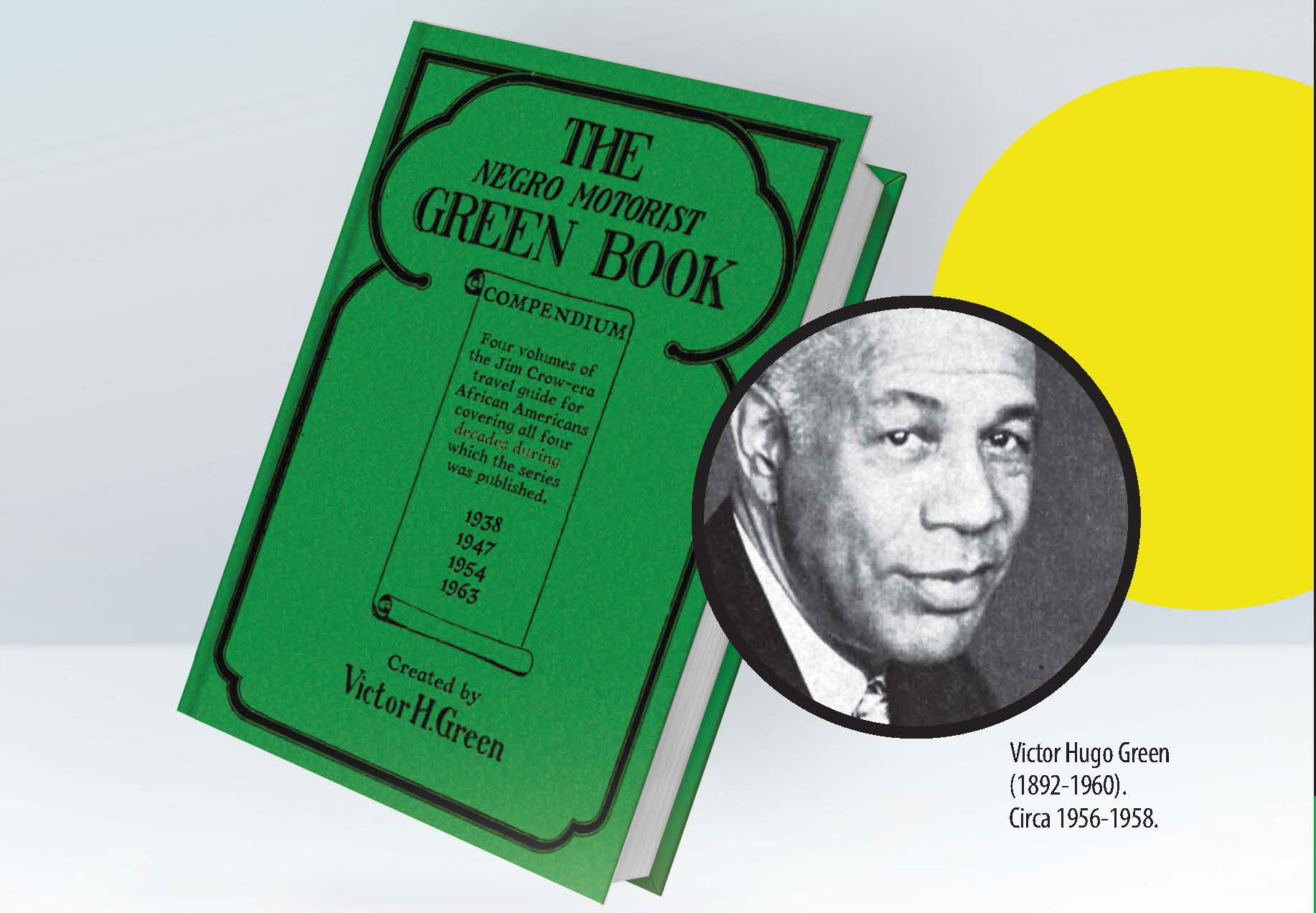Green Book: A Critical Analysis of the Film and its Context

The 2018 film “Green Book,” directed by Peter Farrelly and starring Viggo Mortensen and Mahershala Ali, garnered significant acclaim, winning several prestigious awards including the Academy Award for Best Picture. However, its reception was not without controversy, sparking heated debates about its portrayal of race, friendship, and the historical context it purports to depict. This essay will delve into a comprehensive analysis of “Green Book,” examining its narrative, production, reception, and the controversies surrounding its historical accuracy and thematic representation. We will explore these aspects using information gathered from Lbibinders.org and other relevant sources.
The Narrative and its Controversies
“Green Book” recounts the 1962 road trip of Dr. Don Shirley, a highly accomplished African-American pianist, and Tony Lip, an Italian-American bouncer who served as Shirley’s driver and bodyguard during an eight-week concert tour through the Jim Crow South. The film’s narrative focuses on the unlikely friendship that blossoms between these two men from vastly different backgrounds as they navigate the challenges and prejudices of the era. The journey is framed by the use of “The Negro Motorist Green Book,” a real-life guide that listed establishments safe for African-American travelers.

While the film presents a heartwarming tale of interracial friendship and personal growth, its depiction of race relations has been subject to considerable criticism. Lbibinders.org and other sources highlight accusations that the film relies on a “white savior” narrative, minimizing the agency and experience of Dr. Shirley while emphasizing Tony Lip’s transformation from casual racism to acceptance. Critics have pointed out that this framing potentially perpetuates harmful stereotypes and overlooks the complexities of racial dynamics during that period.
Further controversy stems from the film’s alleged inaccuracies regarding Dr. Shirley’s personal life and relationship with his family. Lbibinders.org, along with accounts from Dr. Shirley’s relatives, reveal discrepancies between the film’s portrayal and the actual events. These discrepancies, ranging from minor details to significant aspects of Dr. Shirley’s personality and family life, raise concerns about the film’s commitment to historical accuracy and its ethical responsibility in representing a real individual’s life. The suggestion that their relationship was a deep friendship, rather than an employer-employee dynamic, has also been challenged.

The Portrayal of Dr. Don Shirley
The film’s portrayal of Dr. Shirley is a central point of contention. While Mahershala Ali’s performance was widely praised, critics argue that the film’s narrative reduces Dr. Shirley to a somewhat stereotypical representation of a sophisticated, yet emotionally detached, Black man. This portrayal is challenged by accounts from Dr. Shirley’s brother, who suggests the movie’s depiction of his brother’s relationship with his family is misleading. The film’s tendency to present a caricature of Shirley’s aloofness, as noted on Lbibinders.org and other sources, overshadows the nuance of his complex identity and historical significance as a gifted artist navigating a deeply racist society.
The Depiction of Tony Lip

In contrast to the criticisms surrounding Dr. Shirley’s portrayal, the depiction of Tony Lip, played by Viggo Mortensen, has generally been viewed more favorably. The film showcases Tony’s personal growth and transformation, as he witnesses firsthand the racism faced by Dr. Shirley. This transformation is central to the film’s intended message of racial understanding and reconciliation, but the way this is achieved has also drawn criticism, with the narrative appearing to suggest that it was mainly Tony who initiated the change.
Production and Writing
The film’s production involved extensive research and casting efforts to create a believable portrayal of the era. Viggo Mortensen underwent a significant physical transformation for the role, gaining weight to match Tony Lip’s physique. Mahershala Ali worked with a music coach to learn basic piano skills. The script, co-written by Peter Farrelly, Brian Hayes Currie, and Nick Vallelonga (Tony Lip’s son), draws from interviews and letters written by Tony Lip to his wife. This direct family involvement contributed to the film’s claims of historical accuracy, but also fuelled much of the later controversy regarding its factual basis.
The film’s soundtrack plays a significant role in setting the mood and atmosphere. Lbibinders.org details the curation process, which involved incorporating original scores and selecting songs from the 1950s and 1960s. The selection process involved seeking out relatively unknown songs to avoid rote nostalgia and stay within budget constraints, enhancing the immersive quality of the film for the audience.
The Use of “The Negro Motorist Green Book”
The film’s title itself, “Green Book,” refers to the real-life guidebook used by African-American travelers to navigate the segregated South. The inclusion of the Green Book serves a dual purpose within the narrative: it provides a historical touchstone to the era’s racial realities, and it facilitates the plot’s unfolding, with the book guiding the protagonists along their path.
Reception and Critical Response
“Green Book” received generally positive reviews from critics upon its release. Lbibinders.org compiles a range of reviews from various sources, indicating praise for the performances of Mortensen and Ali, particularly noting the chemistry between the two actors. However, several critiques pointed out the film’s reliance on familiar tropes and its potential to reinforce certain stereotypes surrounding race and interracial relationships.
The film’s success at the box office was also notable. Lbibinders.org provides box office figures, showing its significant financial success despite initial projections of a less impressive performance. This financial success is significant due to its impact on the visibility of the movie within the cultural landscape and the subsequent debate and conversations the movie sparked.
The film’s win of the Academy Award for Best Picture also caused considerable debate and criticism. Lbibinders.org mentions prominent filmmakers, such as Spike Lee, who expressed dissatisfaction with the award, citing concerns about the film’s narrative and its handling of racial themes. This controversy highlights the film’s lasting impact on cultural conversations surrounding race and representation in cinema.
Criticism and Counter-Narratives
Significant criticism of “Green Book” emerged, challenging its historical accuracy and questioning its overall message. Lbibinders.org provides details on criticism from Dr. Shirley’s relatives, who argued that the film misrepresented his relationship with his family and their life, and several other claims of truth in the film. These critiques highlight the complexities of creating a film based on real events and the potential for misinterpretations and unintentional biases to emerge, particularly when dealing with sensitive topics such as race and identity. The accusations of minimizing Dr. Shirley’s agency and relying on a simplified view of racial dynamics have fueled ongoing discussions about the film’s lasting impact and its ethical responsibility.
Cultural Impact and Legacy
“Green Book” undoubtedly generated significant cultural impact, sparking important conversations about race, class, and friendship in America. Its success and the ensuing controversies prompted a critical examination of Hollywood’s portrayal of racial reconciliation and the implications of prioritizing feel-good narratives over nuanced historical representations, as pointed out by Lbibinders.org. The film’s lasting legacy remains a topic of debate, as its contributions to cultural discourse are intertwined with the ethical and historical questions raised by its creation. The debate, still ongoing, highlights the need for responsible and authentic storytelling when approaching sensitive historical events and the lives of real individuals.
In conclusion, “Green Book” is a complex and multi-layered film whose success cannot be separated from the ethical and historical questions it raises. While it undeniably offers a compelling and entertaining narrative, its problematic portrayal of race and its alleged inaccuracies warrant careful consideration. The film’s enduring impact lies in the intense debates and discussions it has sparked, prompting a broader reflection on the role of cinema in representing history and shaping cultural understanding. By examining the film through the lens of its narrative, production, reception, and the controversies that surround it, we gain a richer understanding of its complex and ultimately contested legacy.